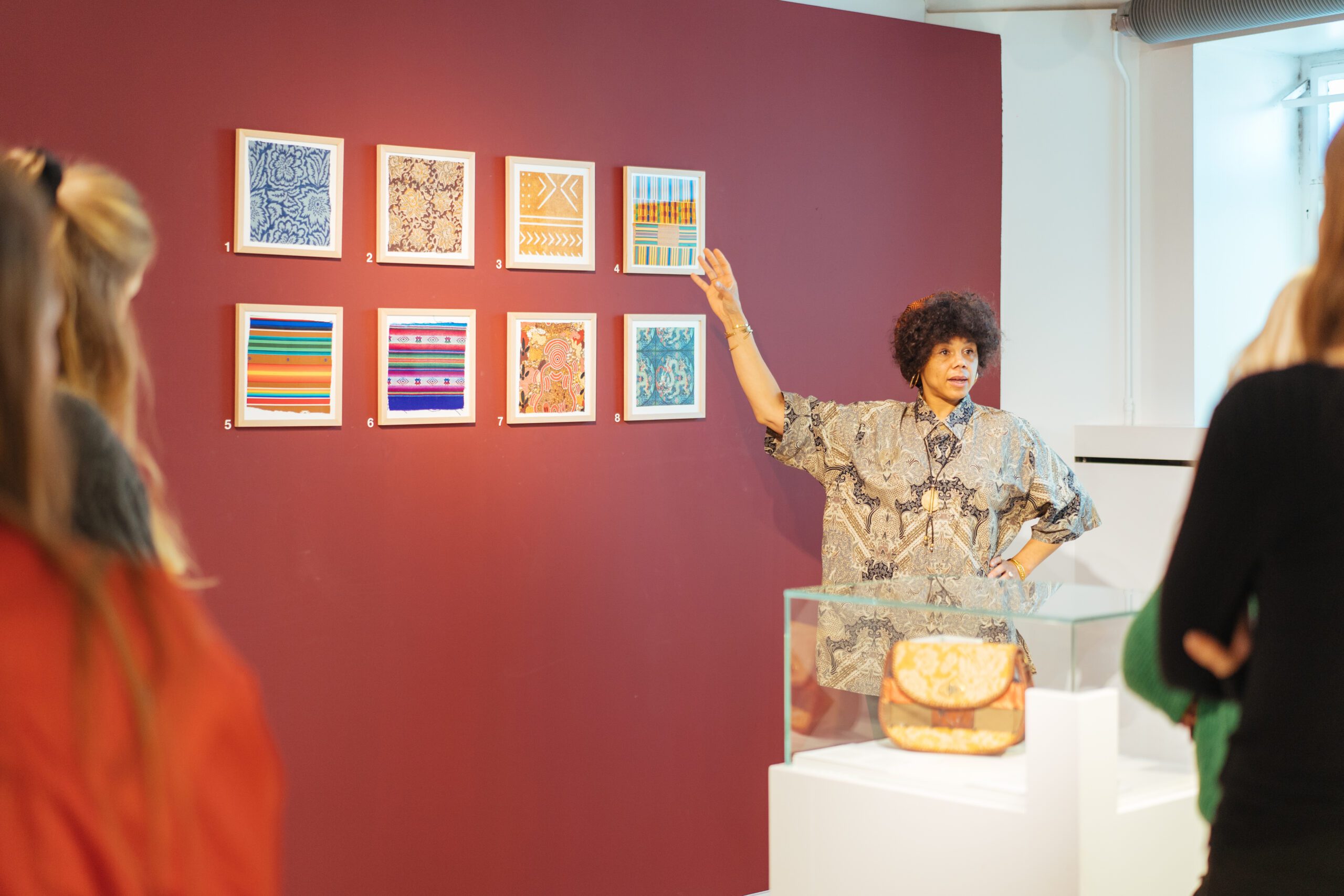Fashion for Good’s New Exhibit ‘GROW’ Shows The Future Of Fashion’s Materials
Credits: Fashion for Good – photo by Alina Krasieva
1 April 2021
AMSTERDAM – Fruit skin fabric, mushroom ‘leather’, spider-silk, dye made by bacteria and algae; GROW, the new exhibition from the Fashion for Good Museum in Amsterdam explores the biomaterials and cutting-edge innovations that are shaping the sustainable future of fashion. What exactly are biomaterials? How sustainable are they and what makes them different from traditional fibres like cotton and hemp? And does bio always mean better and sustainable? Navigating the many different kinds of sustainable materials can be challenging. For their year-long exhibition, curated and developed in-house for the first time, the Fashion for Good Museum dives into all things biomaterials.
WHAT ARE BIOMATERIALS?
Biomaterial is a very generic word used to describe materials that are biological, and originate from living organisms. When you think of biomaterials, probably the first things that come to mind are cotton, hemp and linen. Because the word is not specific, it can easily be confusing. The world of biomaterials is way bigger and ever evolving. Think as big as fruitskins (waste), mycelium (mushroom roots) or even algae, spider and caterpillar silk, cellulosics (coming from plants) and bioplastics, all of which are part of the biomaterials world.
In the GROW expo, visitors go on an inspiring journey through the exciting materials, innovations, designers and brands using biomaterials, discovering the fascinating and rich world of biomaterials, explaining the differences and benefits of each material, what’s available today, and how the industry can change by using better materials.
LOVE FASHION FROM THE GROUND UP
Fashion has always celebrated the ingenuity of nature, from its organic shapes and patterns, materials and fibres, to the wide array of colours and textures. With the rise of fast fashion, the natural world is plundered for its resources, putting the relationship between fashion and nature under strain.
The GROW expo shows how trailblazing innovations can instead take inspiration from nature and how scientists are using this cycle of creation and recreation to make the sustainable materials of the future.
Showcasing conventional biomaterials such as organic cotton and biodegradable materials such as flax or hemp, the expo also presents more innovative brands and products from pioneers such as Pangaia (available for the first time in a retail store in the Netherlands), FREITAG F-ABRIC, the Nude Label, Phool, Bananatex and Bioglitz – with a special glitter station, featuring in the museum’s GOOD SHOP.
A YEAR ON BIOMATERIALS
GROW launches a year of programming at Fashion for Good that focuses on biomaterials. Expo GROW explores the new materials, explaining the need for sustainable and nature based alternatives to the current plastic based fibres and materials found throughout the fashion industry, and presents the innovations of the future.
Some biomaterials are still in development and a few are already available as a product. To accelerate the adoption of these materials in the industry, Fashion for Good initiated the GROW talent project, a three month programme where young design and creative talent will work with innovative biomaterials – never before used in a product – and create garments and stories for the future. These garments made by the talent will ultimately be showcased in GROW 2.0, the exhibition (opening in October 2021) that will literally show what the future of fashion will look like.
INFORMATION FOR THE PUBLIC
GROW opens its door to the public from April 6th.
Virtual tours of the exhibition can be booked at www.fashionforgood.com/tickets/
Physical visits to the museum can be reserved when possible.
Other Articles

Fashion for Good Museum Launches Educational Toolkit: “The Circular Fashion Programme”

Fashion for Good Event & Co-working Space Available

